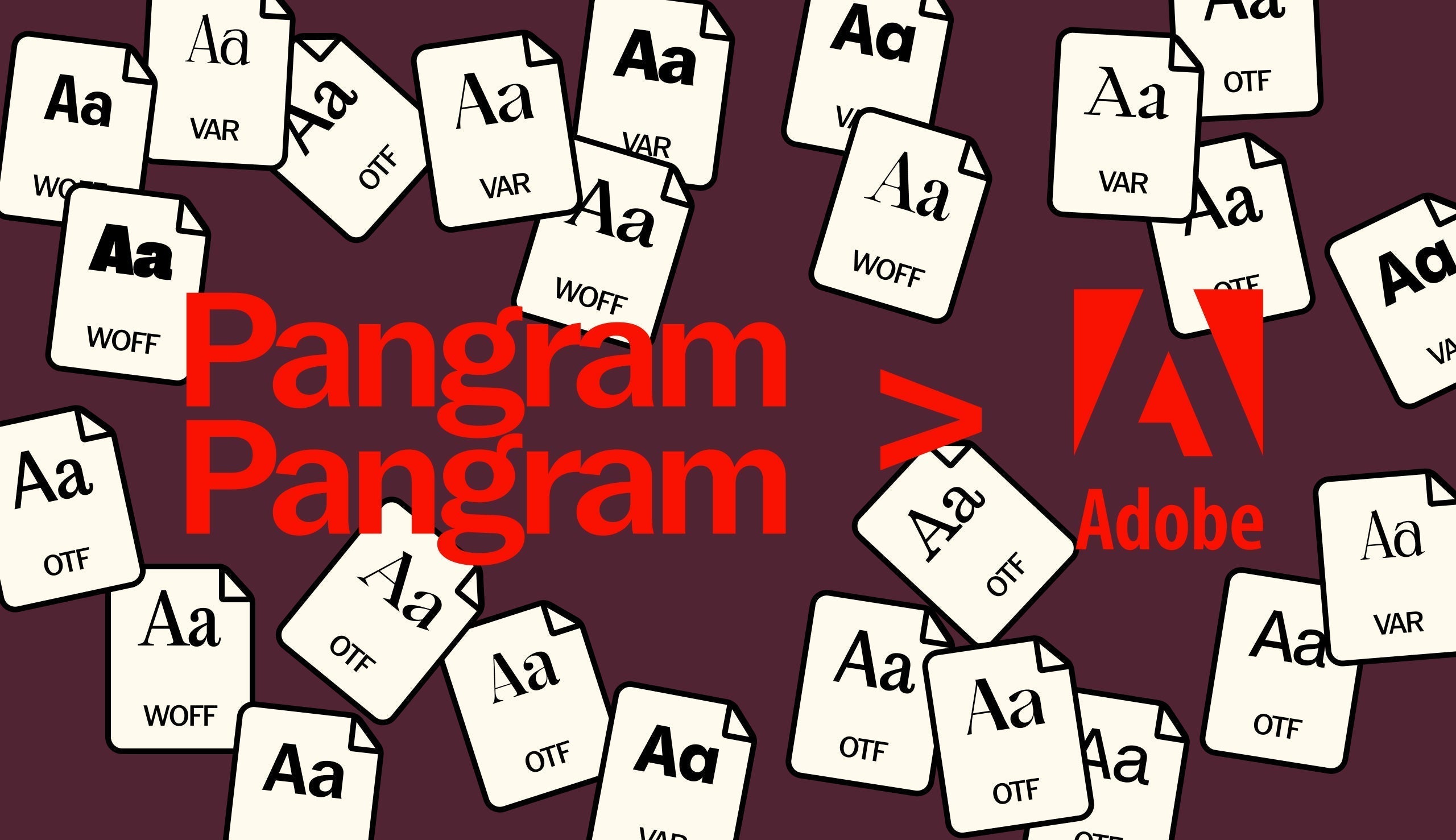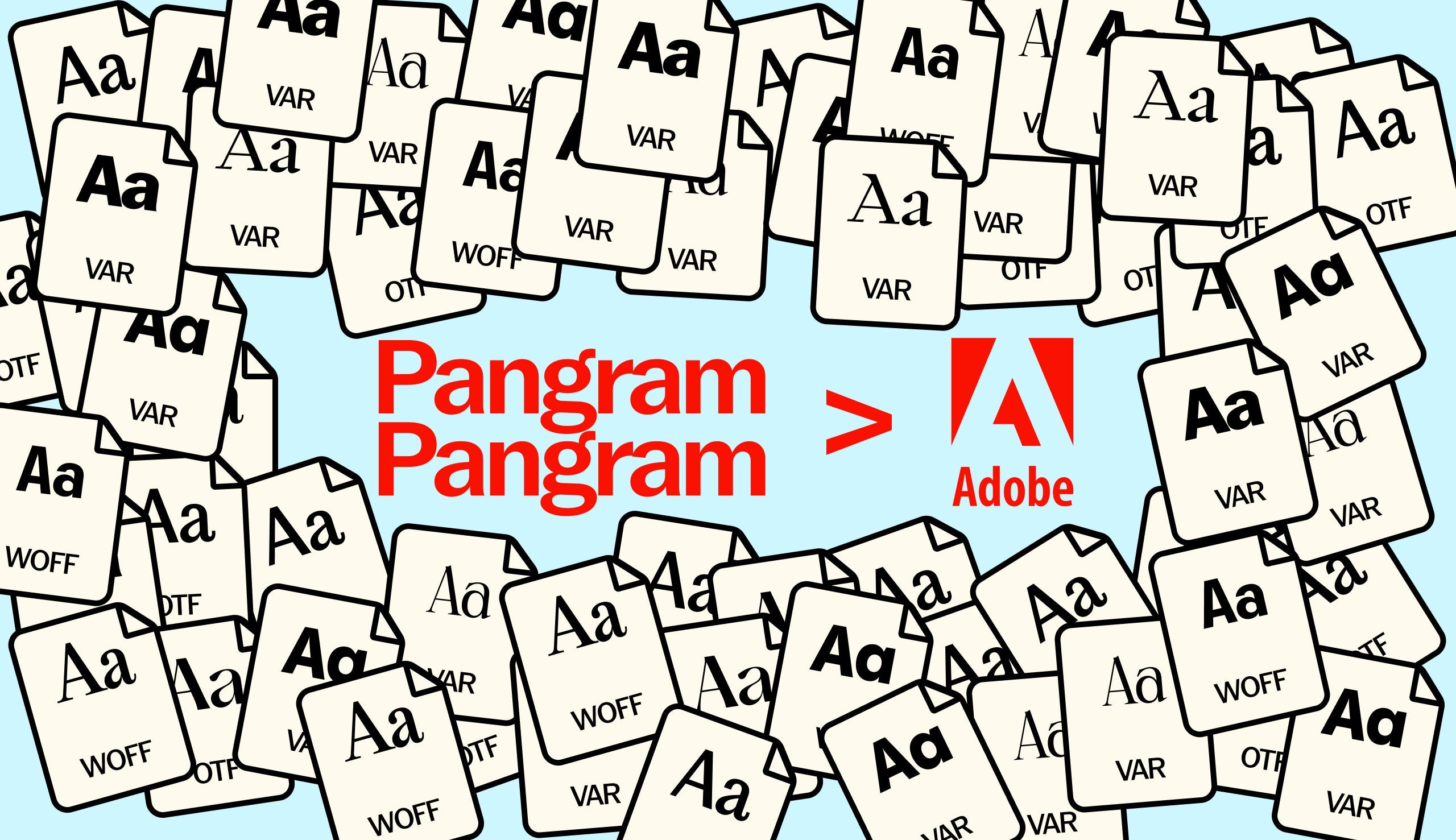In the boundless, ever-evolving design world, London-based design studio OMSE stands out for their distinct typographically-led approach, effortlessly using type, ingenuity and relentless originality to shape some of the most exciting contemporary brands.
Typography, in OMSE's eyes, is more than just words on a page; it’s a potent means of communication – be it conveying a distinct personality, delivering an influential power, or practically delivering the rigour required by the identity. Their diligent attitude towards type is far beyond aesthetics, but a process of finding the typeface that harmonises with the theme behind a project (often involving a lot of trial and error!). ARK, one of OMSE’s latest projects, is a testament to this typographic prowess, with an excellent typeface selection, if we do say so ourselves 😉, starring intricate typographic features and meticulous attention to detail representative of their earnest, industry-leading craft at the heart of OMSE’s practice.
Intricately weaving typography into the fabric of their designs, OMSE continues to redefine how we perceive and interact with visual communication, so, without any further ado, over to OMSE’s founder, James Kape, offering us a glimpse into the studio’s innovative practice, and the transformative power of type.


James, it’s lovely to be talking! We think it’s fair to say OMSE has a unique typographically-led approach to design. Can you share the philosophy behind your distinct emphasis on typography?
JAMES: Type has always played an important role at OMSE – we even used to develop our own typefaces for commercial release. While we no longer do that, we continue to focus intently on how we apply and create typefaces in our projects.
Typography is a powerful communication element. It brings an immediate personality that can be serious, smart, funny, playful and more. So choosing the right one is critical to expressing the right feeling.


When it comes to selecting typefaces for projects – be it brands, books, or anything in between – how do you go about actually choosing what typeface to go for?
JAMES: Once we’ve figured out the project idea, then it’s about finding the right typeface to communicate the theme or vibe. So how do we do that? The honest answer is a long process of trial and error! You never know what will work until you see it in situ, alongside the other design elements.



What are the different considerations you look out for, considering the project and personality of the client?
JAMES: It really depends. But the main thing is to make sure it feels appropriate to the idea and the intended use. As I said earlier, type is critical to expressing the right feeling. A brand can come across in many different ways depending on the typeface it chooses to speak through.
There might also be practical considerations depending on the intended use or output. For example, maybe the font needs to have certain styles and weights, or a glyph set that can support multiple languages.
That said, we always try to limit the styles and weights to make the font easier for clients to use.


Could you briefly outline your design process when approaching a new branding project? How does your type-centric approach influence the early stages?
JAMES: It all comes down to the idea and the strategy we are trying to communicate.
Sometimes the idea might be well suited to being expressed through type. Other times,it could come down to the type of project. For example, if there’s not much room for a strong graphic system then a distinctive typeface or brand element can help tie everything together and make the brand feel unique.
Speaking more broadly, OMSE’s projects often boast intricate typographic details. How do you balance visual intricacy with legibility, especially in contexts like branding and identity?
JAMES: Craft is an important part of what we do, but it is all about finding the right balance and showing up in the right moments. We try to dial up and down according to the application so that it makes sense for what we are trying to communicate.
We obviously loved your project, ARK, especially your typeface choices… Can you give us a glimpse into the inspiration behind identity and what led you to choose the typefaces you did?
JAMES: For the idea we wanted to communicate, we knew we needed a typeface that could extend to form an arc. So it made sense to go with PP Right Gothic because the downstrokes could be extended in this way.
The PP Right family also felt right because it had been designed in many weights and widths, making it easy to express the idea across different scales and sizes. This variety also allowed us to really hone in on the versions of the typeface that worked best for the idea.
Did you face any significant challenges across ARK’s design, and how did you overcome them to achieve such a cohesive and captivating final result? Were there any ‘aha!’ moments?
JAMES: There were definitely challenges. From coming up with the name, to designing a system which didn’t prevent ARK feeling like home. After all, ARK isn’t a hotel.
Having a simple idea (which was to quite literally build an ark that could support the community that lived there) made it easier for others to execute and roll it out.
This ‘aha’ moment came after lots of exploration. Often it’s the simplest idea, the one which is easiest to communicate, that comes to the fore. Especially if it passes the mum test!
You can hear about the whole project, from start to finish, in the latest Right Aligned academy course here.
Lastly, what’s on the horizon for OMSE?
JAMES: We have lots of exciting projects in the pipeline, but the one we are most excited about is probably a self-initiated project we’re launching at London Design Festival. It’s called TIME IS RUNNING OUT and speaks to the idea that we have six years left to change our habits. We plan to feature 24 different creators who will each create a unique clock face from recycled materials.
So if you are in London between the 16-24 September you should check it out at One Hundred Shoreditch.









